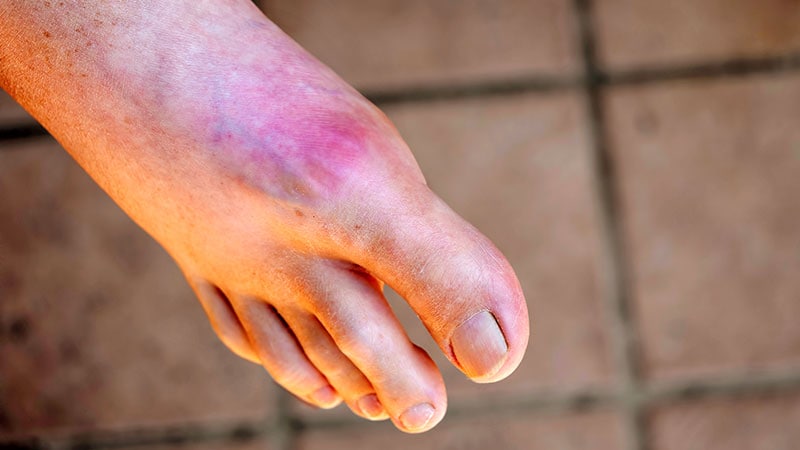Takeaway
- In patients with gout, the risk for major adverse cardiovascular events (MACEs) and all-cause mortality did not differ between xanthine oxidase inhibitor (XOI) users and non-users.
- Febuxostat users showed similar MACEs and all-cause mortality risks compared with allopurinol users but lower risk for heart failure-related hospitalisations.
Why this matter
- Previous observational studies have shown a significant association between hyperuricaemia or gout and increased risk for cardiovascular (CV) morbidities.
- It is important to understand the CV effects of uric acid-lowering drugs to determine the treatment strategy that can reduce CV morbidity and mortality.
Study design
- Retrospective study of 13,997 patients with gout who received a prescription for antihyperuricaemic medications between 2013 and 2017.
- 3607 XOI users were matched 1:1 with XOI non-users and 276 febuxostat users were matched in 1:3 with allopurinol users using propensity scores (PS).
- Funding: None.
Key results
- After PS matching, risk for MACEs (HR, 0.997; 95% CI, 0.879-1.131; P=.962) and all-cause mortality (HR, 0.972; 95% CI, 0.886-1.065; P=.539) did not differ between XOI users vs non-users.
- Febuxostat vs allopurinol users did not differ in the risk for:
- MACEs (HR, 0.672; 95% CI, 0.416-1.085; P=.104) and
- all-cause mortality (HR, 0.985; 95% CI, 0.725-1.338; P=.921).
- Febuxostat reduced the risk for heart failure-related hospitalisations (HR, 0.529; 95% CI, 0.272-1.029; P=.061).
- In XOI users, concurrent colchicine users were at lower risk for all-cause mortality (HR, 0.671; 95% CI, 0.586-0.768; P<.001).
Limitations
- Retrospective design.
- Study did not collect data on patients’ lifestyle and socioeconomic status.
References
References


